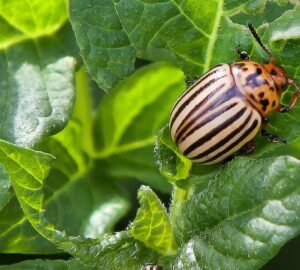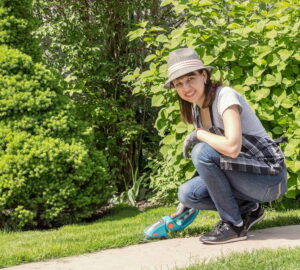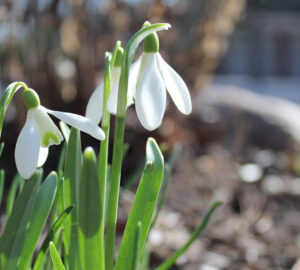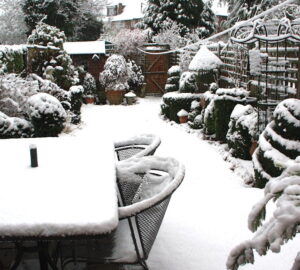Discover the magic of a common kitchen staple in your garden. Baking soda, an inexpensive and safe material found in grocery stores, holds incredible potential for your gardening endeavors. We’ve gathered the most practical ways to utilize baking soda, offering solutions from pest control to enhancing tomato sweetness.
Here are ten effective ways to harness the power of baking soda in your garden:
1. Natural Fungicide: Mix four teaspoons of baking soda with four liters of water to create a natural fungicide. This solution can help combat black spots on roses and prevent damage to grapes and their leaves.
2. Tackling Powdery Mildew: Blend one tablespoon of baking soda, one tablespoon of cooking oil, and one tablespoon of liquid dish soap with four liters of water in a hand sprayer. Apply this mixture weekly to counter powdery mildew, which tends to thrive in humid conditions. Apply during cooler hours to avoid sun exposure.
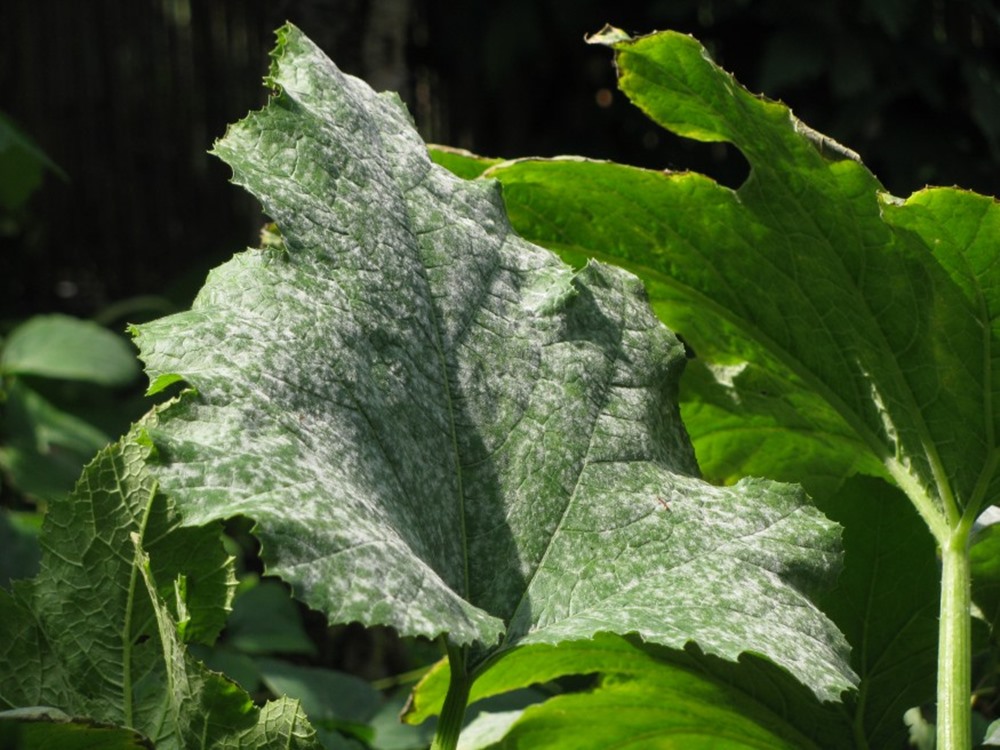
3. Post-Gardening Hand Cleanser: After a day in the garden, wet your hands and scrub away dirt with baking soda. Rinse thoroughly to leave your hands clean and refreshed.
4. Rejuvenating Rose Bushes: Mix one teaspoon of baking soda, half a teaspoon of pure ammonia, and one teaspoon of Epsom salt in four liters of water. This solution can revitalize struggling rose bushes, restoring their vitality.
5. Herbicide and Weed Control: Sprinkle baking soda in the gaps between pavements and paving stones to inhibit weed growth.
6. Dealing with Green Foxtail: Dampen the targeted green foxtail area slightly before generously applying baking soda. This method effectively eliminates green foxtail within a few days. Be cautious to prevent contact with surrounding grass.
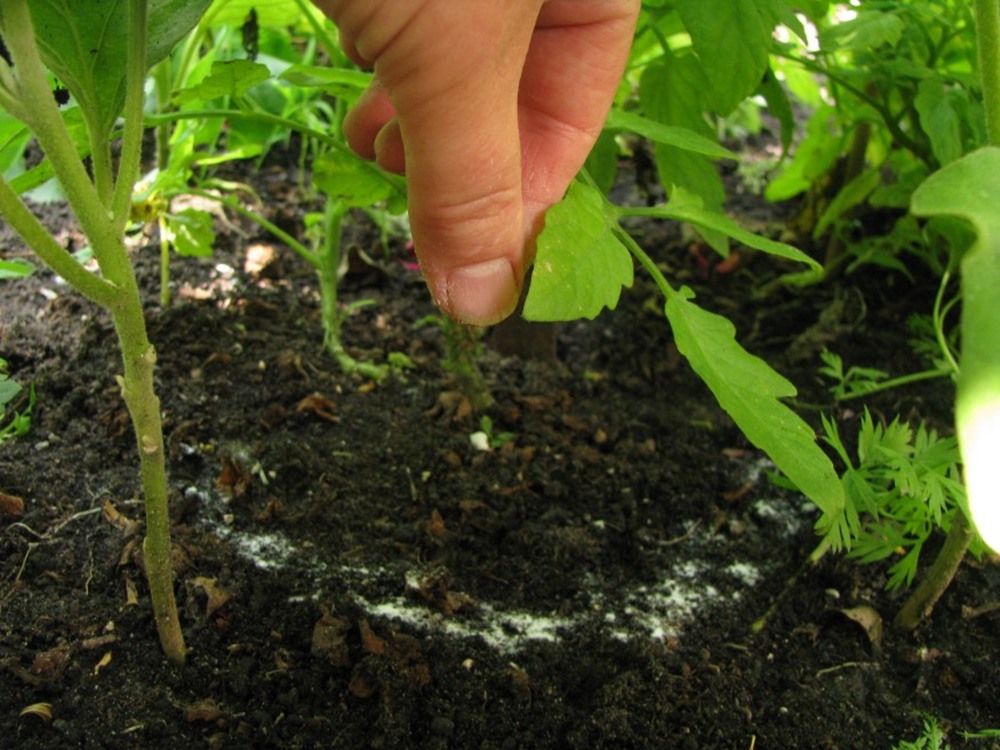
7. Warding off Cabbage Caterpillars: Mix equal parts baking soda and flour, then sprinkle the mixture over cabbage, kale and broccoli, which caterpillars find attractive. The pests ingest the mixture from the leaves and perish within 1-2 days. Repeat as necessary.
8. Enhancing Tomato Flavor: Elevate the sweetness of ripe tomato fruits by sprinkling a small amount of baking soda around the base of the plants.
9. Soil pH Assessment: Moisturize the soil and sprinkle baking soda on the damp earth. If fizzing occurs, your soil is acidic with a pH below 5.
10. Repelling Garden Pests: Scatter baking soda across the garden soil to discourage rabbits, ants, silverfish, cockroaches, and other undesirable creatures. You can also use baking soda directly on slugs, but take care to avoid contact with your plants.
These methods comprise our top ten list, but we invite your insights and suggestions for further explorations of baking soda’s potential in gardening!




